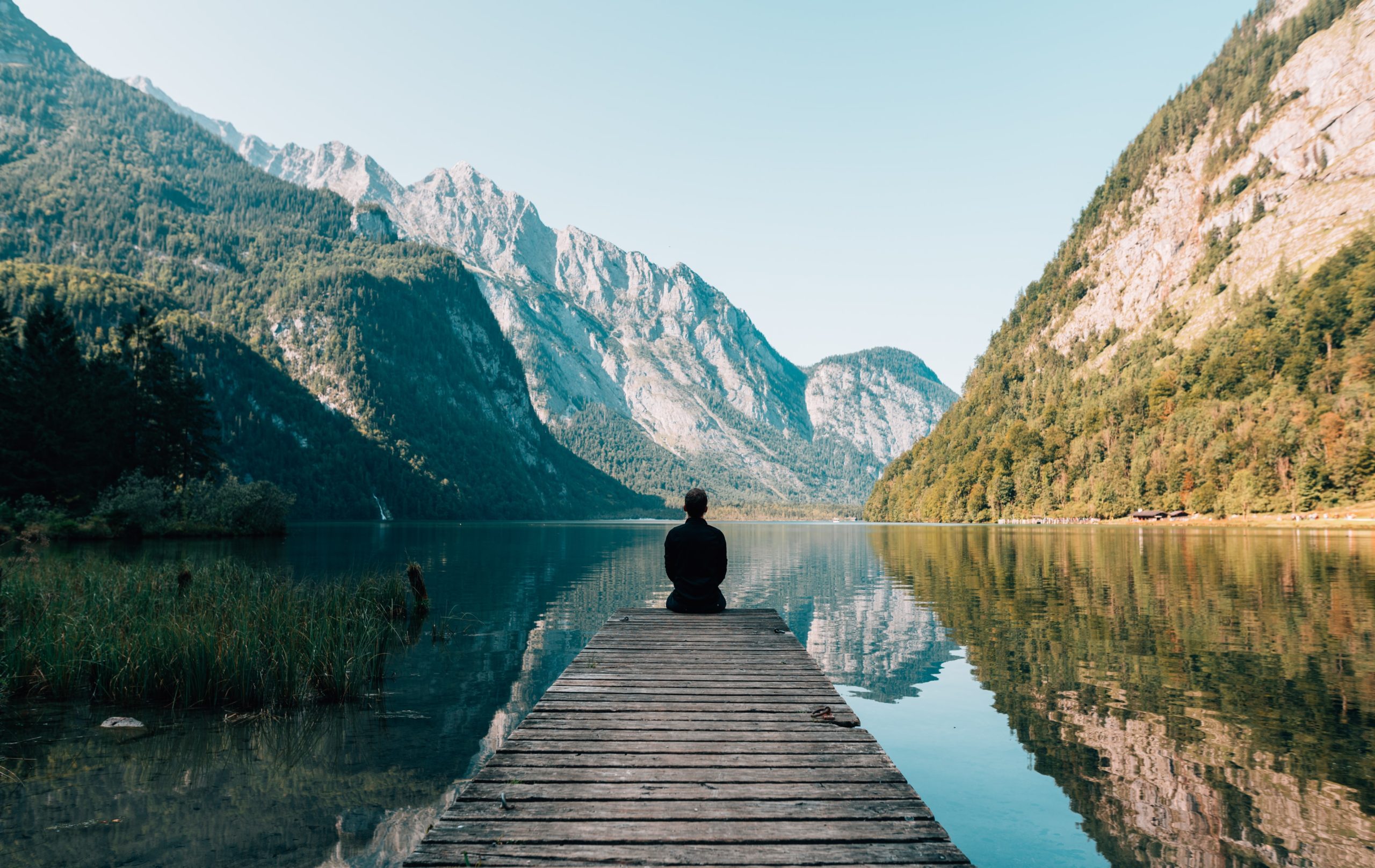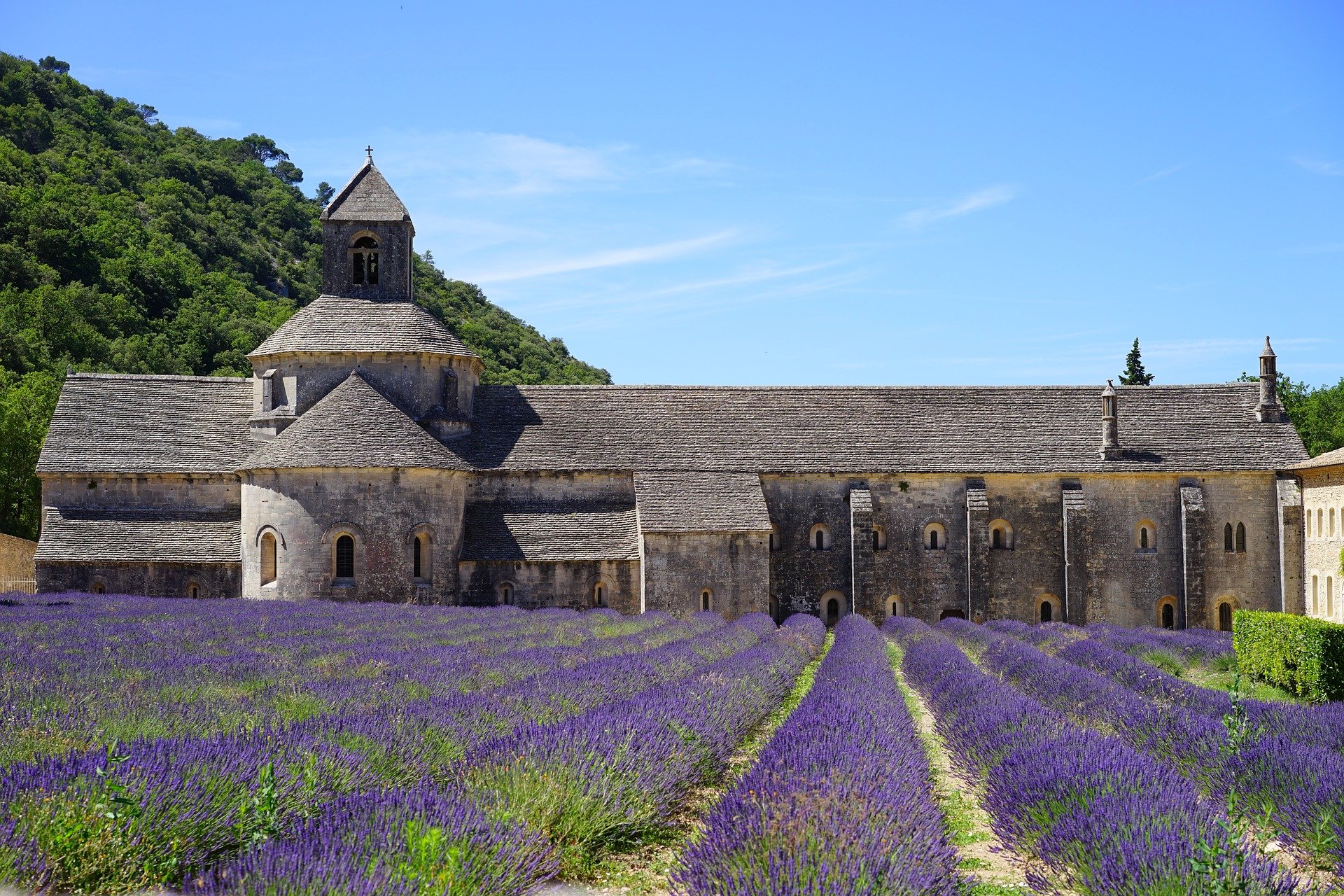In a world where mass tourism is strongly present, a new movement is taking shape and is beginning to emerge. The global pandemic we are experiencing has shown us that mass tourism is no longer the future in this field. Environmentally, ecologically and socially, tourism is evolving and changing, moving towards a more sustainable and responsible model, therefore : Slow Tourism.
What is Slow Tourism?
Slow Tourism is inspired by Slow Food, which appeared in 1986 and came straight from Italy. The aim was to re-learn how to discover the pleasures of gastronomy, taking the necessary time to taste it. It was in the early 2000s that slow tourism was born. Moreover, it was characterised by a gentler way of travelling. Taking your time, focusing on yourself, making culinary discoveries, discovering new cultures and meeting local people are the key words of this new kind of tourism.

What are the advantages of Slow Tourism?
In the same way that Slow food is opposed to fast food, slow tourism is opposed to mass tourism. In addition, it allows tourists to travel at their own pace and according to their own desires, in contrast to what the tourism industry has offered in recent years.
Slow Tourism has many ecological, environmental, personal, cultural, social and other benefits.
Meeting local people, getting to know their way of life, their culinary specialities, using gentler modes of transport such as walking or cycling… Slow Tourism is a real state of mind for those who embark on this travel adventure.
Pause & Reflect
Slow tourism is a different way of organising one’s time. The aim is to focus on oneself and one’s loved ones, taking the time to enjoy quality experiences. When you do slow tourism, you engage in the discovery of a culture, a history and above all the people who make it up. It seems that it should not be called tourism because it is an alternative to live unique and authentic experiences (example: historical discovery, food…). Slow tourism is indeed an interesting alternative to “fast” tourism of less than three weeks. As a result, it has led everyone to seek an overkill of activities in generally overcrowded environments. Hence the anxiety…

This lifestyle allows you to take a real break and refocus on yourself. It allows you to reconnect with the people and nature.
Can you imagine going to meet a local chef to understand his “art”? Or having a drink at the end of the day with the inhabitants of a beautiful village in Provence? Or practising salt farming in Brittany? To be “slow” is to really recharge your batteries around simple and complete activities that allow introspection and reconnection to reality. At best, you will meet quality people and a culture that will allow you to become aware of your feelings by being in the moment.
An environmental aspect
 On the whole, slow tourism is a cleaner way to travel. Favouring the train to the car, discovering regions near you rather than going to more distant destinations. Preferring a more authentic holiday. So, we need to move towards a more sensible form of tourism. On top of that, when we practice slow tourism, we commit ourselves to immerse ourselves in the heart of a culture. It is an alternative to the mass tourism so prevalent in our society today. Take advantage of the landscape and local customs to recharge your batteries!
On the whole, slow tourism is a cleaner way to travel. Favouring the train to the car, discovering regions near you rather than going to more distant destinations. Preferring a more authentic holiday. So, we need to move towards a more sensible form of tourism. On top of that, when we practice slow tourism, we commit ourselves to immerse ourselves in the heart of a culture. It is an alternative to the mass tourism so prevalent in our society today. Take advantage of the landscape and local customs to recharge your batteries!
Besides, the Covid-19 pandemic that we are currently experiencing prevents us from travelling around the world. It leads us to discover more of our own country or region. We are also living in difficult ecological times. Carbon and CO2 emissions are constantly increasing and have a major impact on our system. Globalisation and mass tourism play a major role in these negative effects.

Indeed, mass tourism is a factor in environmental degradation. Air transport and deforestation are the main actors. Large-scale infrastructures often destroy biodiversity, pollute natural resources and disfigure landscapes.
Slow tourism is therefore an art of living that will develop strongly in the years to come.
A cultural journey
As far as cultural tourism is concerned, is a major component of Slow Tourism. Culture is one of the most popular forms of tourism. It aims to discover in depth the cultural heritage of a region and the way of life of its inhabitants. A cultural journey means : visiting natural sites, emblematic buildings, important religious monuments, local gastronomy, regional museums or art galleries. The cultural heritage of each country is rich and deserves to be discovered in the most beautiful of ways. We must take the time to feed on each element.

Travelling leaves in our memory pictures of urban landscapes and nature. Moreover, the cultural aspect is very important for the development of the self. It is an element often neglected in the perception of travel.
Slow tourism is different because it includes this cultural aspect in its own right. It helps to foster intercultural links, appreciation and understanding of other cultures. It permits to take advantage of foreign cultures to refocus and rediscover oneself. Slow tourism also helps to stop prejudices and stereotypes by taking an interest in new cultures, opening the way to new friendships.
At last, slow tourism is the future for this sector, which has been struggling since the arrival of the pandemic. All we have to do is get carried away by this spirit of adventure and discovery. Open your eyes and your heart to new places. Many destinations, landscapes and people are waiting for you!
And above all, don’t forget that the meaningful images are in your hearts and minds, not in your phone 😉 !
